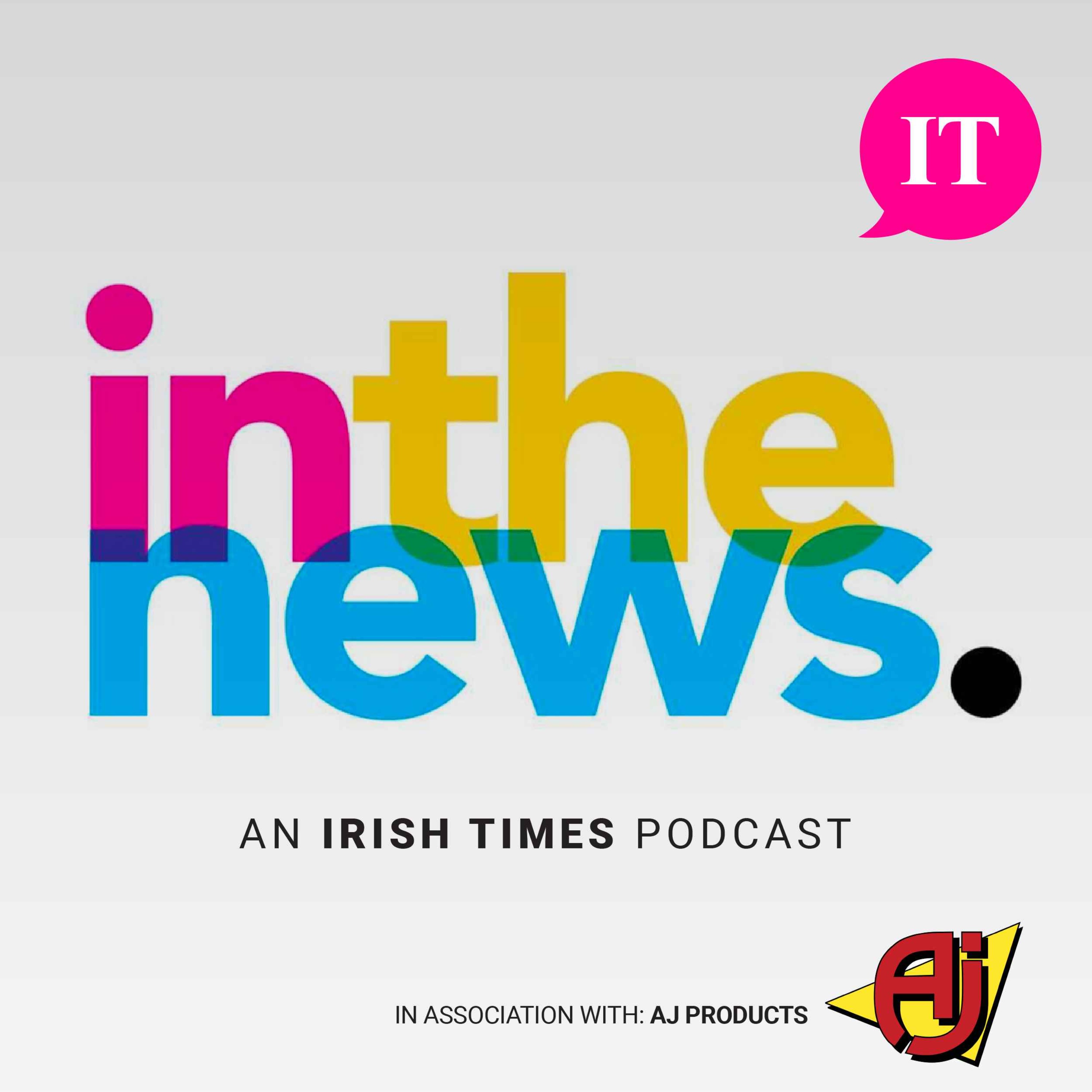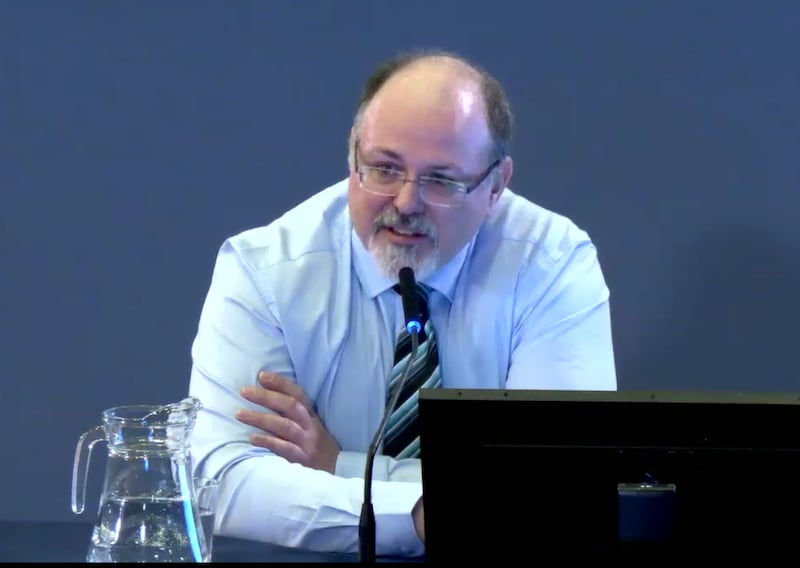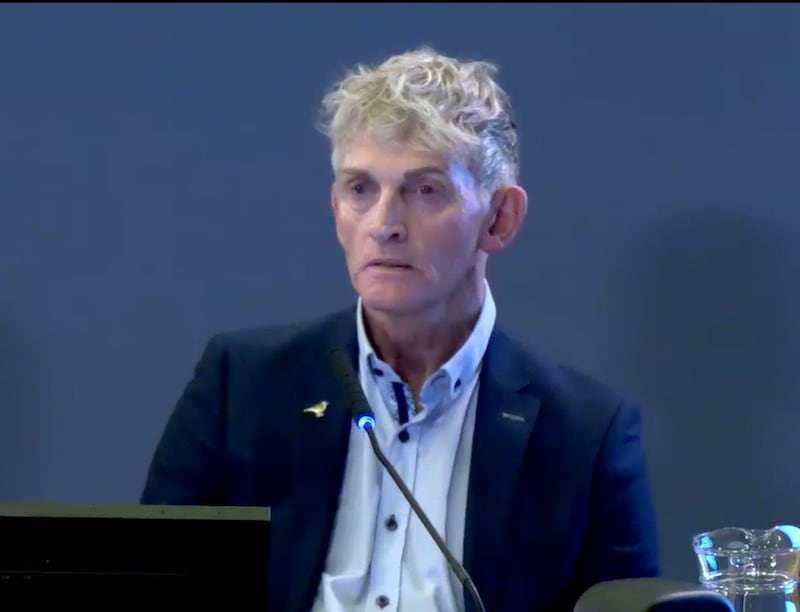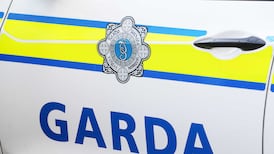The Omagh Bombing Inquiry expects to sign a memorandum of understanding with the Government in March over the disclosure of potentially relevant material held by the State.
At the conclusion of a four-week sitting of the inquiry on Wednesday, lead counsel Paul Greaney KC said there had been several meetings with Irish officials on the content of the draft memorandum.
“The inquiry team’s belief is that the outstanding issues between the inquiry and the Irish Government on a framework for disclosure have narrowed,” he said.
“Our current understanding is that the Irish officials intend for the memorandum to be signed in March, subject to the approval of their Government.”
READ MORE
A Government spokesperson confirmed that discussions between the Omagh inquiry team and the Departments of Justice and Trade are ongoing and progressing well.
“We expect to conclude our discussions on a memorandum of understanding for the sharing of Irish State materials in the weeks ahead,” they said. “Any such assistance must take account of the complexities inherent in assisting an inquiry in another jurisdiction. At this point, when discussions are ongoing, it would not be appropriate to comment publicly on the content of those discussions.”
Speaking to reporters after the conclusion of Wednesday’s proceedings, Michael Gallagher, whose son Aiden was among the victims of the bombing, said there must be full co-operation from Dublin and London.
“The Irish Government need to engage very quickly with the inquiry and let them know in what way they are going to co-operate because we need maximum co-operation from both the British and Irish governments in this inquiry,” he said.
A total of 31 people, including unborn twins, died and hundreds were injured when a car bomb planted by the Real IRA exploded in the centre of the Co Tyrone town on August 15th, 1998.
Over the past four weeks the inquiry, which has been sitting in the Strule Arts Centre in Omagh, has heard pen portraits of the victims delivered by their loved ones, and often harrowing details from the injured, eyewitnesses and emergency service workers.
Inquiry chair Lord Turnbull said it had been a “humbling experience” and “I think that we are all conscious of the privilege that we have been afforded in listening to the many deeply personal accounts of grief and injury which we heard of in this room”.
He said he hoped those responsible for the atrocity might have listened to the evidence and learned of the consequences of their conduct.
“Each of us in this room and those who have watched can be left in no doubt at all about the nature of the consequence of the sort of terrorist activity as we have heard of,” he said.
“That outcome has only been achieved because of the bravery, strength and generosity of each of the witnesses who have given evidence to this inquiry over the last four weeks.”
The next phases of the inquiry will examine the events of August 15th 1998 and previous dissident republican attacks.
It will resume in the week of June 23rd, when core participants will make oral statements. The date for the next evidential hearings is yet to be set.

The Omagh bombing inquiry: 'The engine of the car used for the bomb landed on my legs'
Earlier, witness Simon McLarnon described how he attempted to help victims of the explosion, but was left with a lifelong sense of guilt that he was unable to do more.
Mr McLarnon, who works as a general dental surgeon in Co Donegal, said he went to the town centre and was met with a “sea of glass”.
“There were two ladies … the older of the two ladies, one of her legs was virtually amputated, it was held on by skin only,” he said.
He said a younger girl besidethe woman had had two limbs “virtually amputated and very serious injuries”.
“I spent some time with her. I had no idea what to do with her,” he said. ”She wanted me to help her and I told her that ambulances were on the way.”

Mr McLarnon said he suffered from depression and trauma due to his experience. He also said he felt a sense of injustice about what had happened in Omagh.
“They [the Real IRA] seem to have done it with impunity,” he said.
“We know several of them have lived out their lives now and never have to face justice ... That, I find very difficult to accept,” he said. “No one has come forward. They are protected in the communities they live in, I can’t understand that.”
Survivor Rodney Patterson told the inquiry he was standing about 40ft away from the device when it exploded having been ordered by police to leave a hairdresser’s premises.

“There was this merciful bang,” he said. “I opened my eyes and it was like a different world. It was jet black... There were people lying at different angles.”
Mr Patterson said he did not know if he was injured, but that there was glass all over his hands and a big piece of glass in his forehead.
He said he has struggled to come to terms with what he experienced in the years since.
“I don’t like to be among people, crowds of people,” he said.
“Everything that has happened in my life has been a result of that bomb that day.” – Additional reporting: PA














